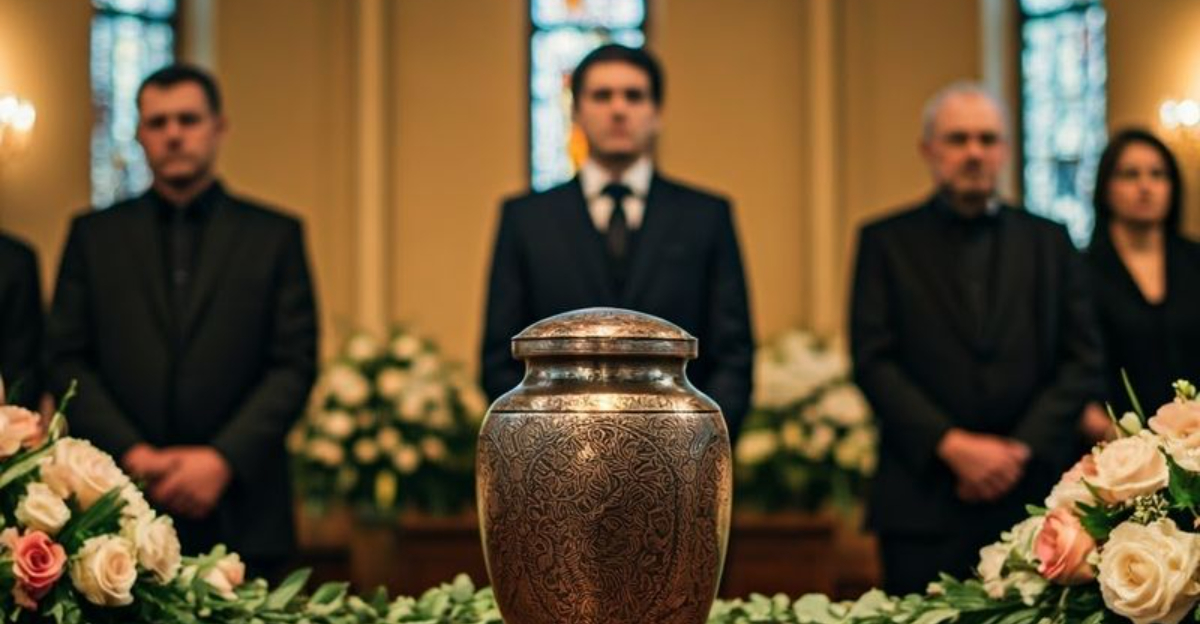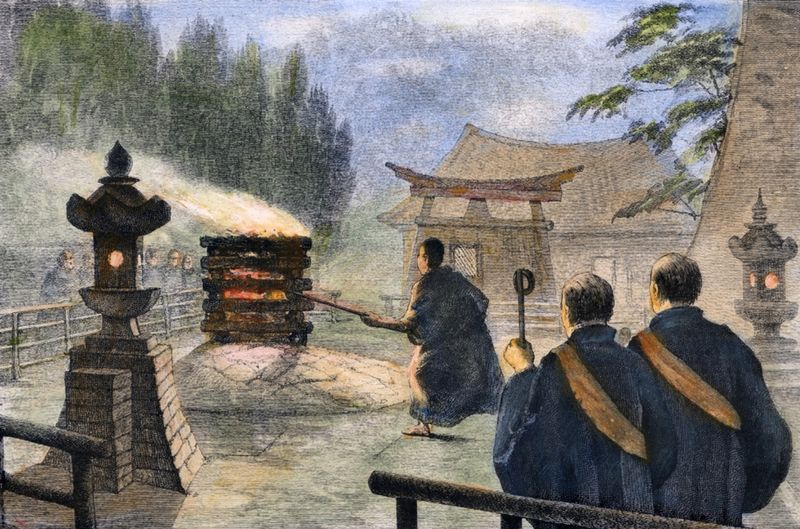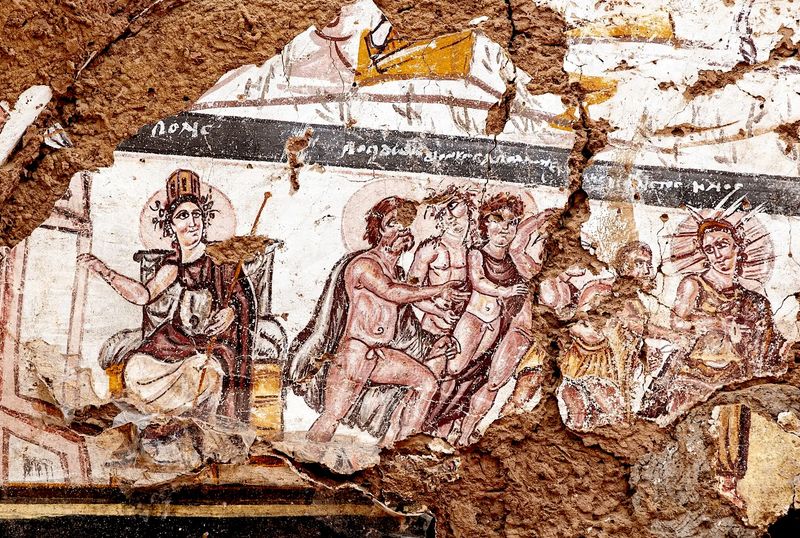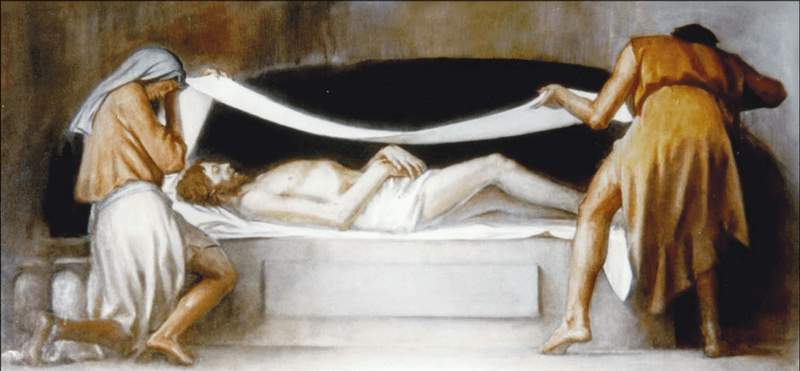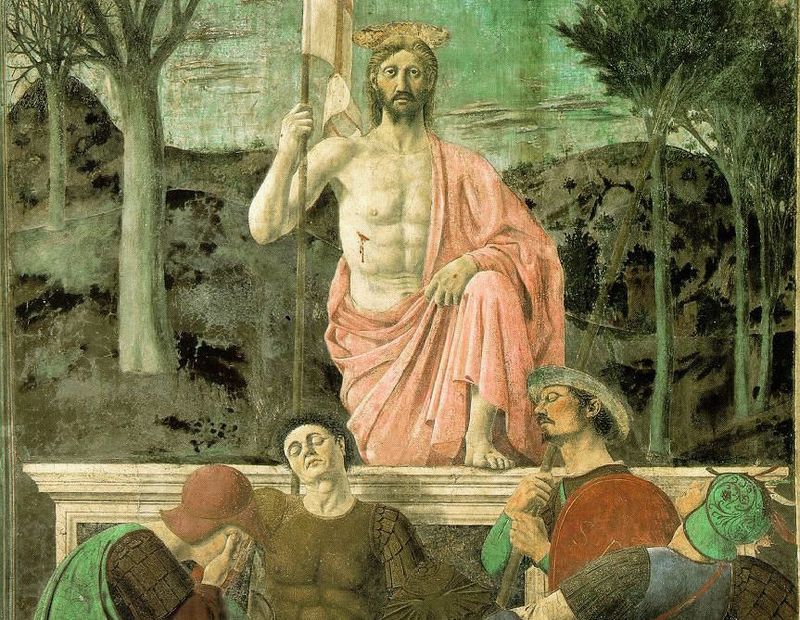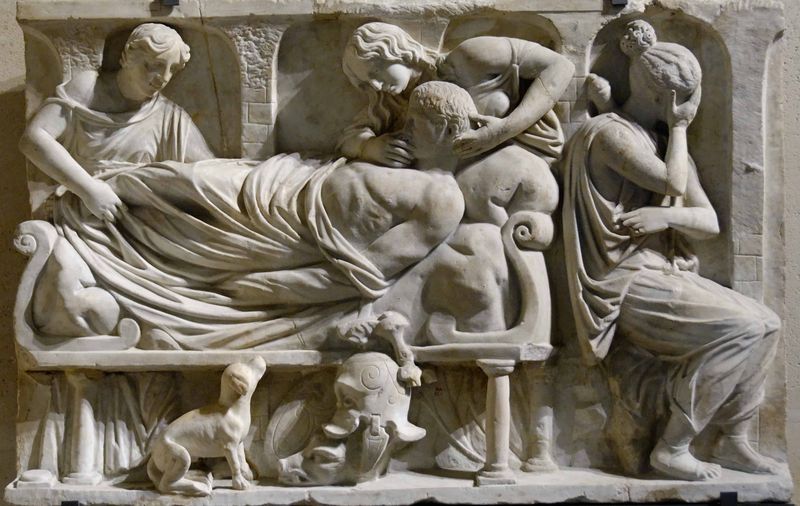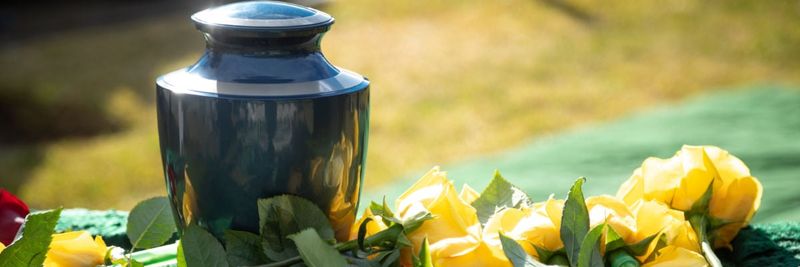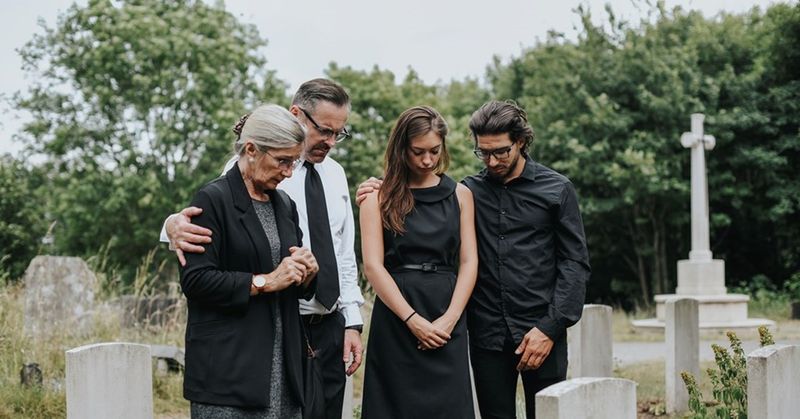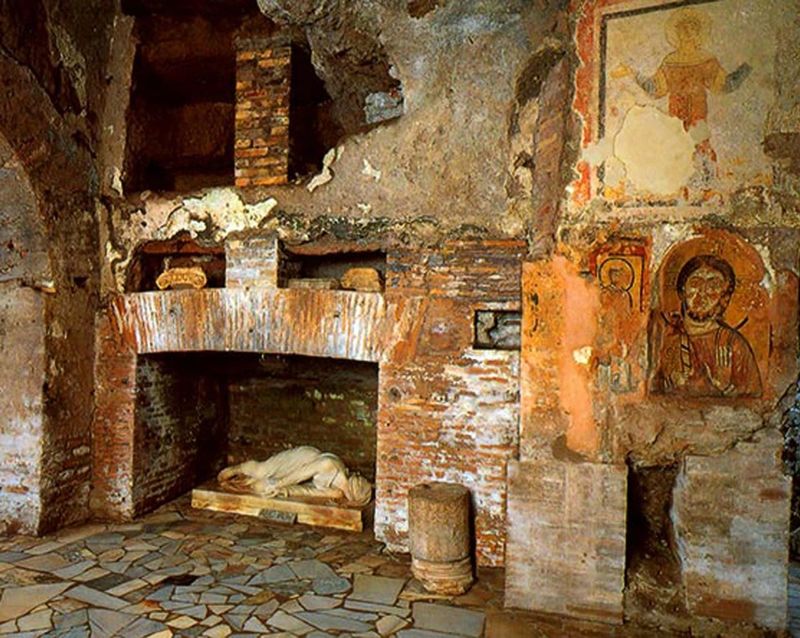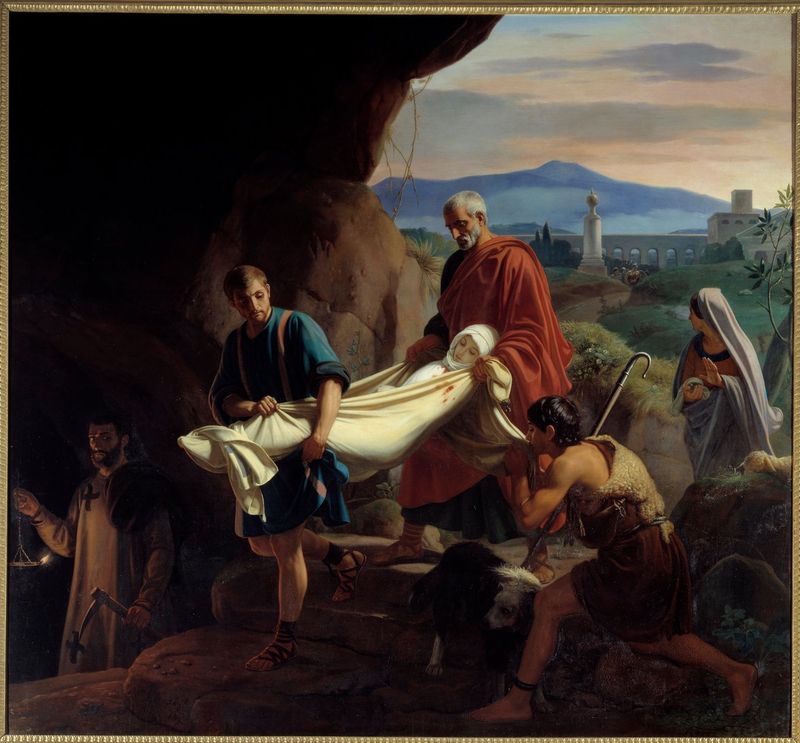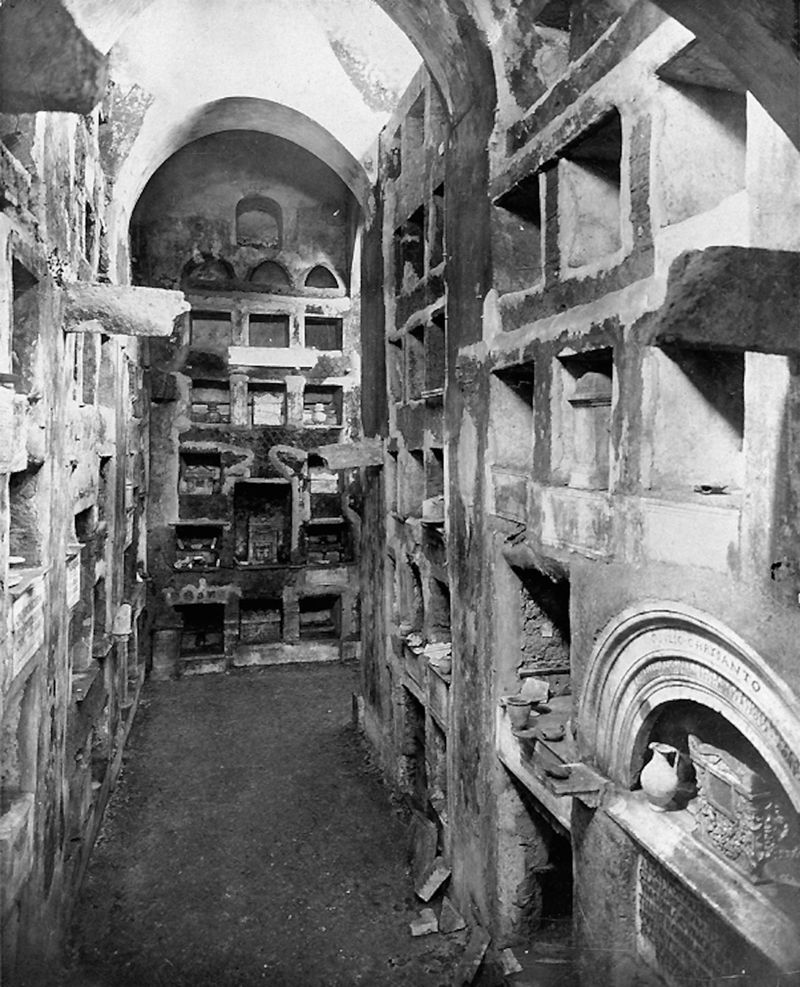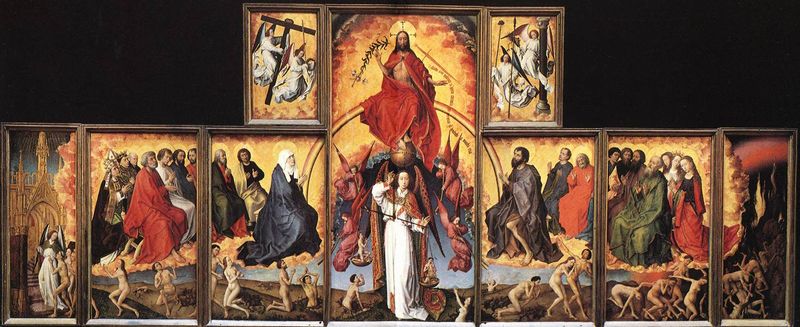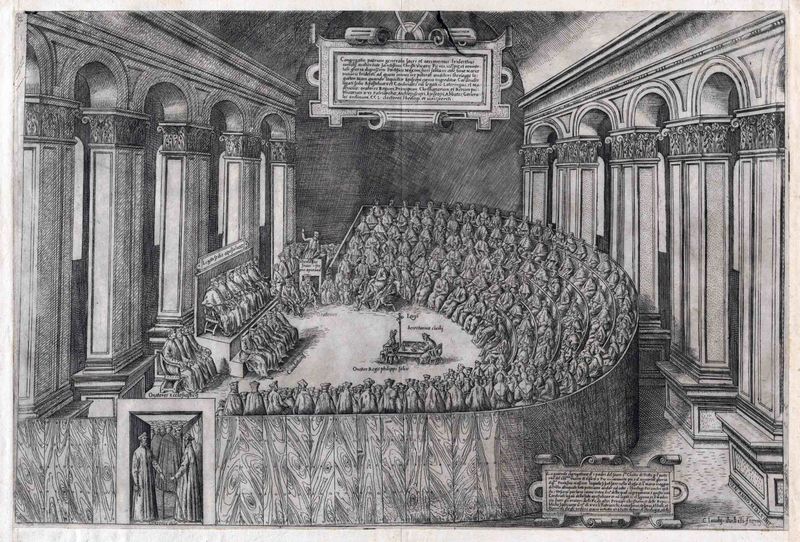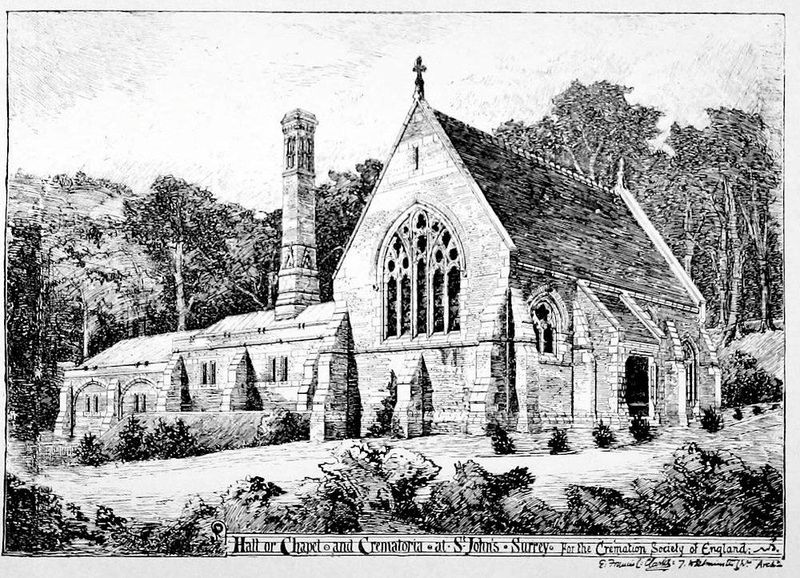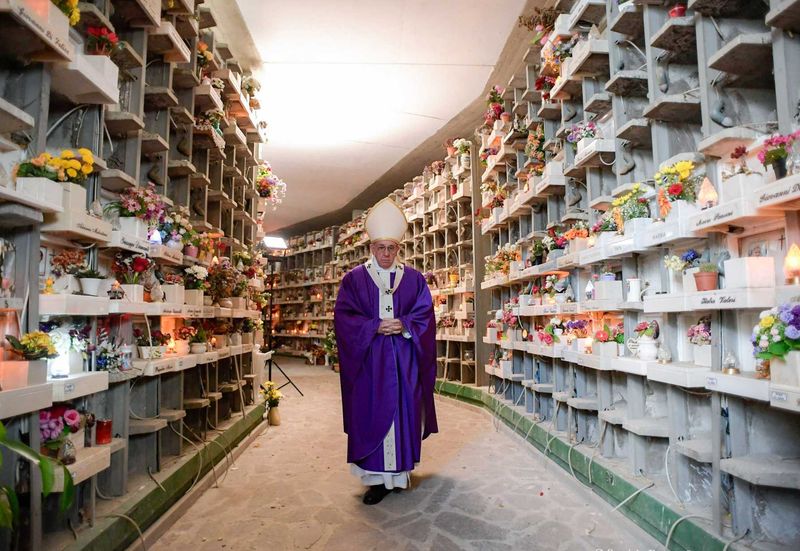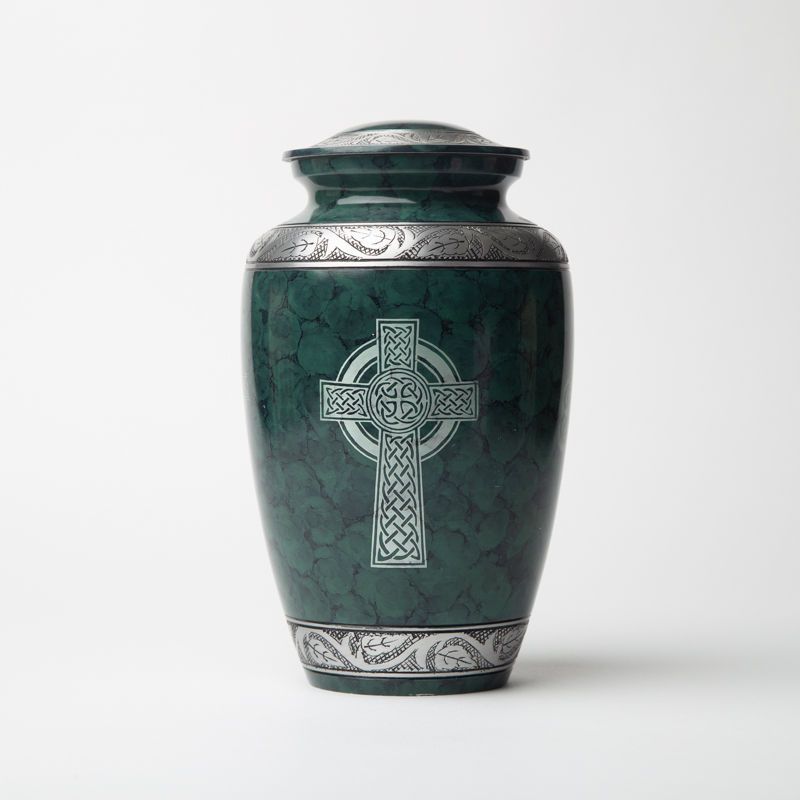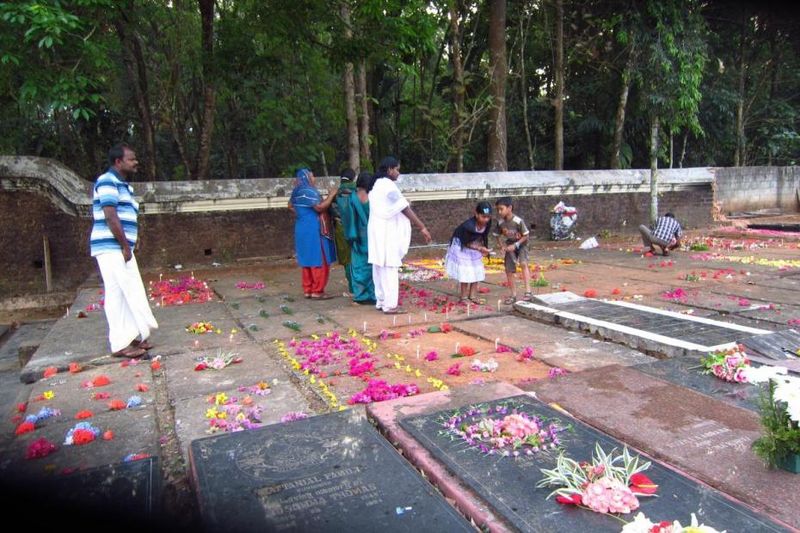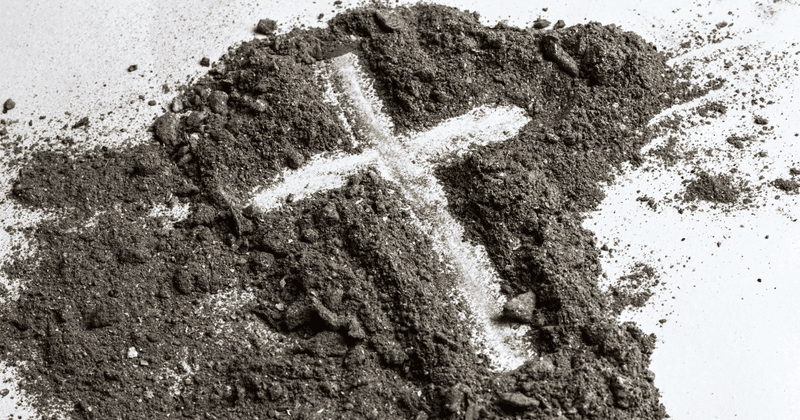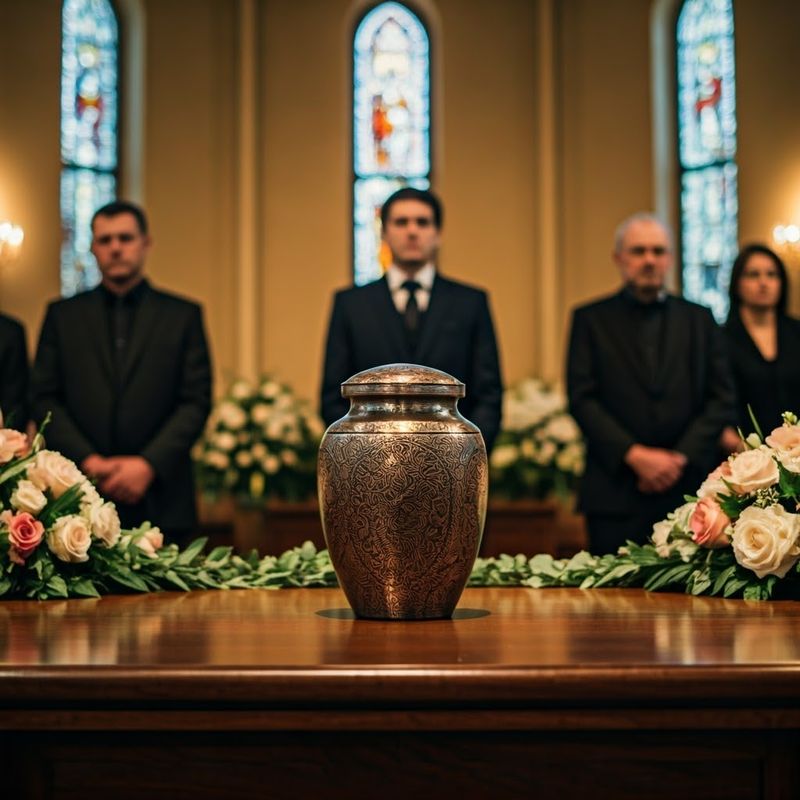The question of cremation has stirred debate in Christian circles for centuries. While modern believers often wrestle with whether it’s acceptable, the conversation isn’t new—it’s deeply rooted in historical, cultural, and theological developments. By examining the myths and tracing the evolution of Christian burial practices, we gain a clearer view of what truly mattered to early Christians and what shaped contemporary perspectives.
Myth 1: “Cremation is a modern invention”
Ancient civilizations such as Rome and Greece practiced cremation long before Christianity emerged. The early Church’s view on burial versus cremation developed more as a cultural counterpoint to these traditions than as an outright condemnation. This myth is often perpetuated by misunderstanding historical practices.
Myth 2: “Early Christians universally rejected cremation”
In the first few centuries, burial became more common among Christians, but it wasn’t universally enforced. Some Christian communities, particularly during periods of persecution, adapted their burial practices without facing doctrinal condemnation for choosing cremation.
Myth 3: “Burial was a command from God”
There’s no biblical mandate specifically requiring burial over cremation. The preference for burial grew out of Jewish customs and symbolic associations with the resurrection, not from a divine commandment. This cultural preference heavily influenced early Christian burial practices.
Myth 4: “Cremation prevents resurrection”
This misconception gained traction during the Middle Ages when bodily resurrection was often misinterpreted in strictly physical terms. Early Christian theology, however, emphasized God’s power to resurrect the body regardless of its condition after death.
Myth 5: “Cremation is tied only to pagan rituals”
While cremation was indeed common in pagan Rome, the Christian shift to burial was more about making a statement of belief in the resurrection than condemning the practice of cremation itself. It was a cultural differentiation rather than a theological one.
Myth 6: “The Church always banned cremation”
The Catholic Church did not formally oppose cremation until 1886, reacting to secular movements at the time. This ban wasn’t grounded in doctrine and was later revised in 1963 to acknowledge changing cultural practices and needs.
Myth 7: “Christian cremation shows lack of reverence”
Reverence in Christian funerary practices is about the intent and heart behind them, not the method itself. Throughout history, Christians have shown respect for the deceased in various ways, shaped by available resources and cultural contexts.
Truth 1: Early Christians buried to reflect Christ’s burial
Burial among early Christians symbolized hope in the resurrection, reflecting Jesus Christ’s own entombment. However, it was more a statement of belief than a legalistic requirement imposed on all followers.
Truth 2: Persecution shaped burial choices
During periods of Roman persecution, many Christians couldn’t access traditional burial methods. Their focus was on maintaining faith and survival rather than adhering strictly to burial rites.
Truth 3: The catacombs show burial preference, not law
The catacombs served as places of honor and remembrance for Christians, indicating a preference for burial but not an outright condemnation of cremation. They reflect cultural choices rather than doctrinal mandates.
Truth 4: Medieval theology linked body and soul too closely
Medieval views often intertwined body and soul closely, leading to fears that cremation could endanger resurrection. Yet these beliefs were more philosophical, lacking strong biblical foundation.
Truth 5: Reformers questioned burial traditions
Reformers like Martin Luther emphasized salvation by faith rather than ritual, questioning traditional burial customs. This opened discussions about the flexibility of funerary practices in Christian life.
Truth 6: Scientific and medical advances shifted norms
By the 19th century, cremation gained support in Europe as a hygienic alternative, challenging traditional burial norms. This shift was met with resistance rooted more in tradition than theological doctrine.
Truth 7: Catholic Church lifted cremation ban in 20th century
In 1963, the Vatican acknowledged evolving cultural needs by lifting the cremation ban, provided the choice wasn’t made to deny resurrection. This reflects an adaptation to modern contexts while upholding core beliefs.
Truth 8: Protestant denominations accept cremation
Many Protestant churches never formally opposed cremation, as their theological focus shifted to spiritual rather than physical concerns. This acceptance reflects a broader understanding of faith and practice.
Truth 9: Christian burial customs vary globally
Christian burial practices differ around the world, from African traditions to Asian communities. These diverse practices demonstrate that there’s no universal Christian funeral practice.
Truth 10: The Bible speaks of God’s power over dust and ashes
Biblical scripture supports the idea that God can resurrect from any form, be it dust, bones, or ashes. This makes the cremation debate more about cultural preference than a theological issue.
Truth 11: Modern Christian views shaped by tradition and practicality
Today’s funeral choices among Christians are influenced by cost, space, and cultural shifts, with many seeing cremation as a practice compatible with their faith. This reflects a balance between tradition and modernity.
